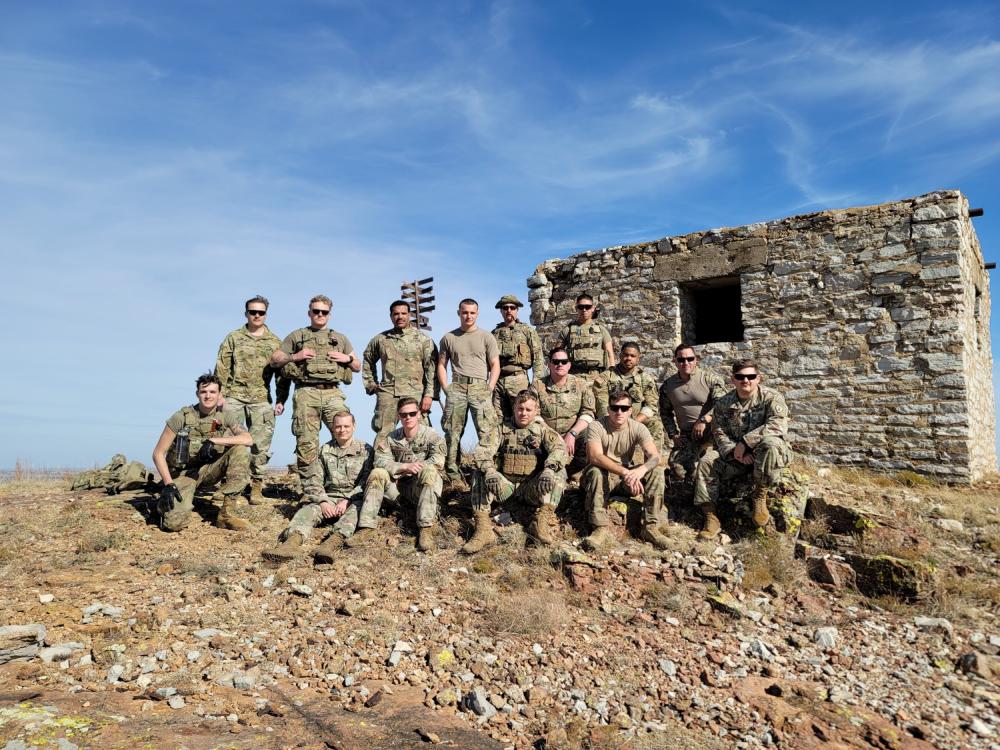10/01/2022 Stati Uniti, Oklahoma, Comanche, Lawton, Fort Sill
“If you ever come across anything suspicious like this item, please do not pick it up, contact your local law enforcement agency for assistance”
Story by Walter Ham
U.S. Army Explosive Ordnance Disposal technicians cleared a path to a historic mountaintop building that helps to keep artillery units on target. The 761st Ordnance Company (EOD) conducted a two-day range clearance operation to enable 40 senior leaders from the U.S. Army Fires Center of Excellence to visit Block House, a historic building that was built around 1870. “Block House has been used as a reference point to locate and fire on targets,” said Capt. Matthew J. Piranian, the commander of the 761st EOD Company. “Just about every artilleryman in the Army uses the Block House as a reference point during their training at Fort Sill, making it a famous landmark.” The Block House was listed on the National Register of Historic Places in 1978. Making the site accessible for the leadership development visit was an all hands effort for the EOD company, according to Piranian. “We had every EOD tech in the company out for this one, which is currently 15, including platoon and company leadership,” said Piranian, a native of Tewksbury, Massachusetts, who has deployed to Afghanistan. “There were about 145 unexploded rounds on the path – old 75mm rounds, 105mm rounds, 155mm rounds, 8-inch artillery rounds and even mortars.”
Photo: Courtesy Photo | U.S. Army Explosive Ordnance Disposal technicians from the 761st Ordnance Company.
If you find anything that appears to be an explosive device, do not touch it, leave it where it is and call the police. We will contact the appropriate agencies to properly dispose of the item.
Dear editors, Biography of a bomb is aimed at highlighting the danger caused by unexploded bombs. Moreover, the most important aspect is that we work completely non profit, raising awerness about this topic is what drives us. We apologize if we make use of pictures in yours articles, but we need them to put a context in how findings are done. We will (and we always do) cite source and author of the picture. We thank you for your comprehension.





